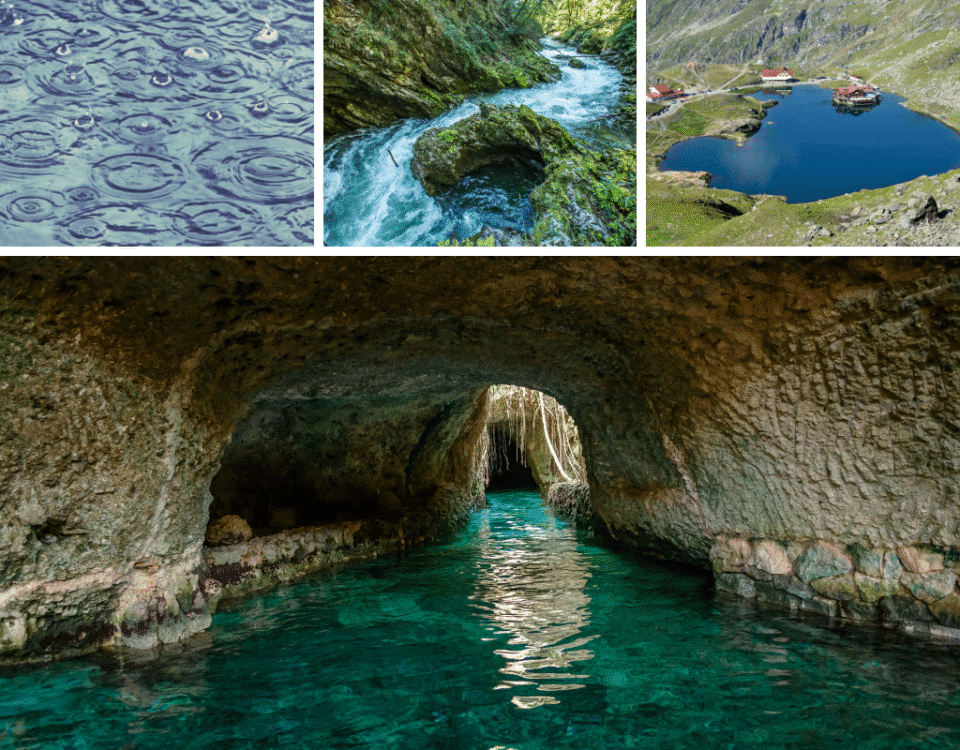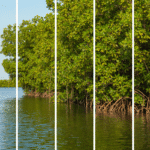Groundwater Recharge: A Promising Hack To Water Sustainability
Freshwater is like that limited-edition thing everyone wants — rare, precious, and running out fast. Sadly, there’s no Planet B to place a backup order from. Earth may look blue (71% water), but about 96.5% of it is salty — and now, plastic-flavoured too. That leaves us with just 3% freshwater, but most of it is frozen at the poles. What’s left for us comes from rivers, lakes, and groundwater. But thanks to deforestation, mega dam projects, and unpredictable climate patterns, rain doesn’t always show up on time — like your food delivery that’s been ‘arriving soon’ for the past 40 minutes — making it harder to replenish freshwater sources and worsening water scarcity.
So, instead of waiting for the clouds to cooperate, let’s get creative with the water we already have— by recharging groundwater, harvesting rain, and reusing wastewater. That’s the magic of water circularity — keeping every drop in motion, again and again. Our stop on this journey? Groundwater recharge, a key step in closing the water recycling loop.
Groundwater Recharge: Water’s Secret Hideout
Water has a sneaky way of finding its spot underground — sometimes all on its own, sometimes with a little help from us. In India, almost 61% of the groundwater gets recharged by rain. Other natural sources include rivers and lakes leaking water underground, floodwaters sinking into the soil, and meltwater from snow or glaciers seeping below.

Source: INOWAS
Nature’s not working alone — artificial methods like recharge wells, check dams, and percolation tanks step in to keep those aquifers happy and full. And speaking of smart recharge solutions, Rahul Bakare’s BoreCharger takes this to a whole new level.
BoreCharger scans borewells with a camera, finds hidden aquifers, and then creates tiny openings so rainwater can refill deeper layers. It has revived 4,000+ borewells across India and even West Africa, recharging hundreds of crores of litres — all at a fraction of the cost of drilling new wells.
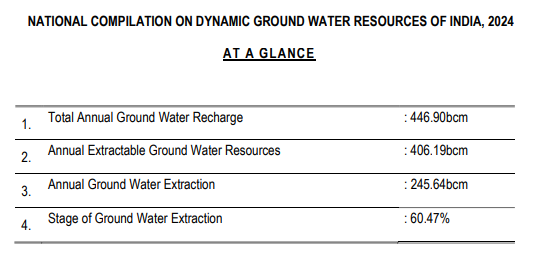
Source: CGWB
But with a growing population and uneven rainfall across regions, the water beneath our feet is running low. According to the Central Ground Water Board (CGWB), India’s total annual groundwater recharge stands at 446.90 billion cubic metres (bcm). And with extraction rates touching 60.47%, our underground reserves are shrinking faster than they can refill— making water circularity not just a good idea, but a necessity.
Water Circularity: Keeping Every Drop in Play through Treatment, Reuse and Recharge
Water circularity is all about giving every drop a second chance — and then a third, and a fourth. Instead of using water once and sending it down the drain, it’s about looping it back into the system.
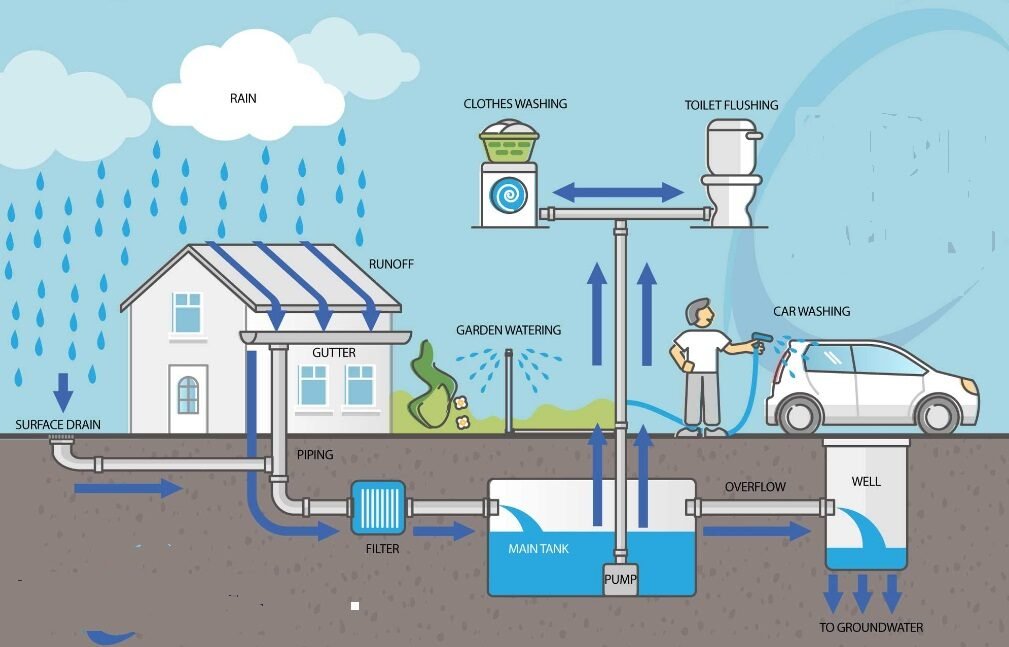
Source: eaw – Everything About Water
From recycling greywater at home to funding recharge projects, we all have a role to play. Read on to see how teamwork across every level can keep water flowing full circle.
The How-To of Water Looping
The secret to a lasting water supply isn’t complicated — it’s circular. It’s a continuous cycle: capture, reuse, recharge, and repeat. By closing the loop through methods like groundwater recharge, we can collectively ensure our blue planet remains just that.
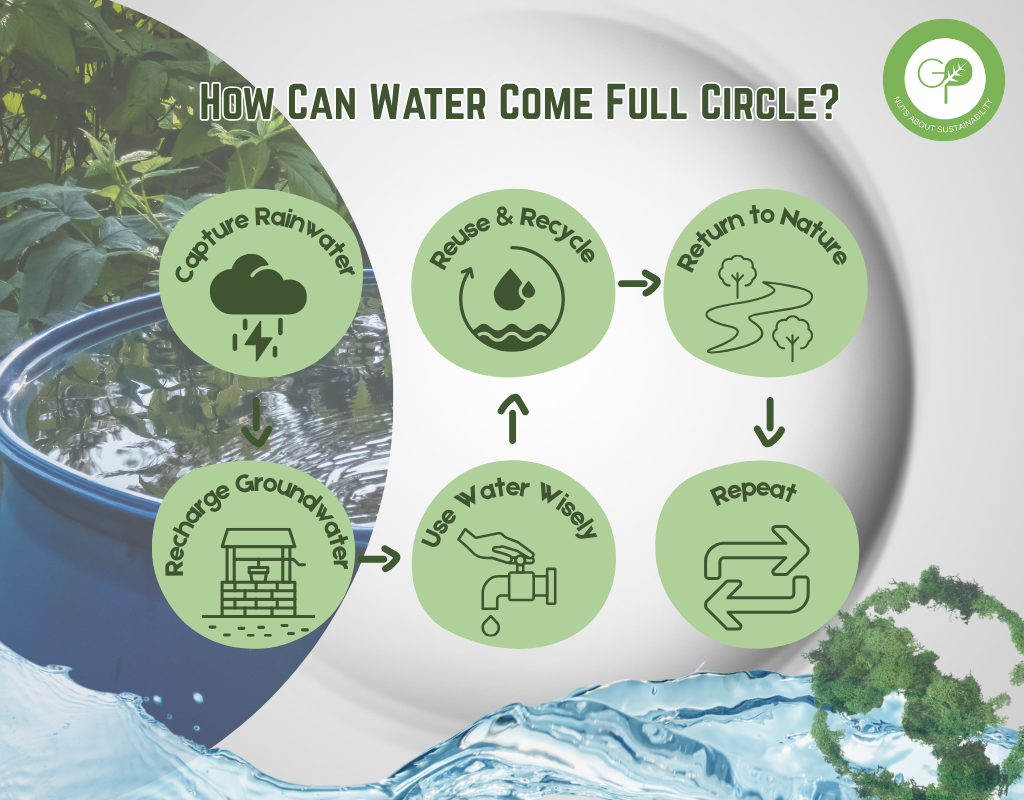
- You can reuse greywater for plants, harvest rain, repurpose RO water, and support local water projects.
You can check out our Water Footprint Challenge to discover fun ways to close your own water loop. - CSR initiatives play a big role in driving sustainability, and when it comes to water recycling, BPCL’s Project Boond is leading by example. Through smart moves like rainwater and roof-water harvesting, they’ve helped 230 villages across six Indian states go from “water scarce” to “water positive.” From check dams and deepened wells to farm ponds and percolation tanks, they’ve built a system that keeps the taps (and hope) running all year long.
Take a look at the Water Circularity Good Practices Guide by the Beverage Industry Environmental Roundtable (BIER) to understand what water circularity is all about and how industries can cut down their dependence on freshwater. - With its Aquifer Rejuvenation Programme, the Central Ground Water Board has built 196 artificial recharge structures in water-stressed regions, including 77 check dams, 46 recharge wells, and 67 recharge shafts to restore depleted aquifers across India.
But now, imagine a different approach—one where replenishing groundwater isn’t an engineering project, but a fundamental part of how we live and work. By using water responsibly, recycling wastewater, and embracing water circularity at every stage of commerce—from manufacturing to marketing to distribution— we can turn this vision of a water-secure future into reality.
Full Circle with Groundwater Recharge
Groundwater recharge is really starting to make waves, and honestly, this is just the beginning. With more people, brands, and local bodies getting involved, we’re inching closer to a future where freshwater isn’t a luxury but a given.

Since closing the loop is key, stay tuned for our upcoming series on Water Circularity, where we’ll dive deeper into how every drop can make a difference. Got ideas or examples to share? Drop them in the comments, and don’t forget to tag a brand or organization doing great work in water conservation and reuse.
Remember, when nature and people work together, water truly comes full circle. So, let’s start recharging — one drop, one effort at a time.
References
https://cgwb.gov.in/cgwbpnm/public/uploads/documents/17387543101433268167file.pdf
https://www.eawater.com/casestudy/circular-economy-of-water/
https://cgwb.gov.in/cgwbpnm/public/uploads/documents/1685515066210234335file.pdf

